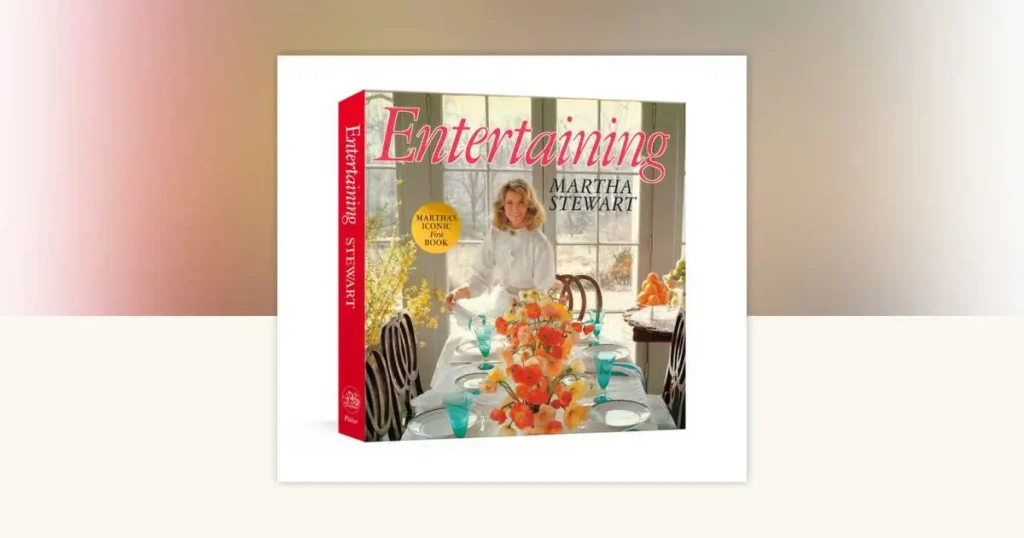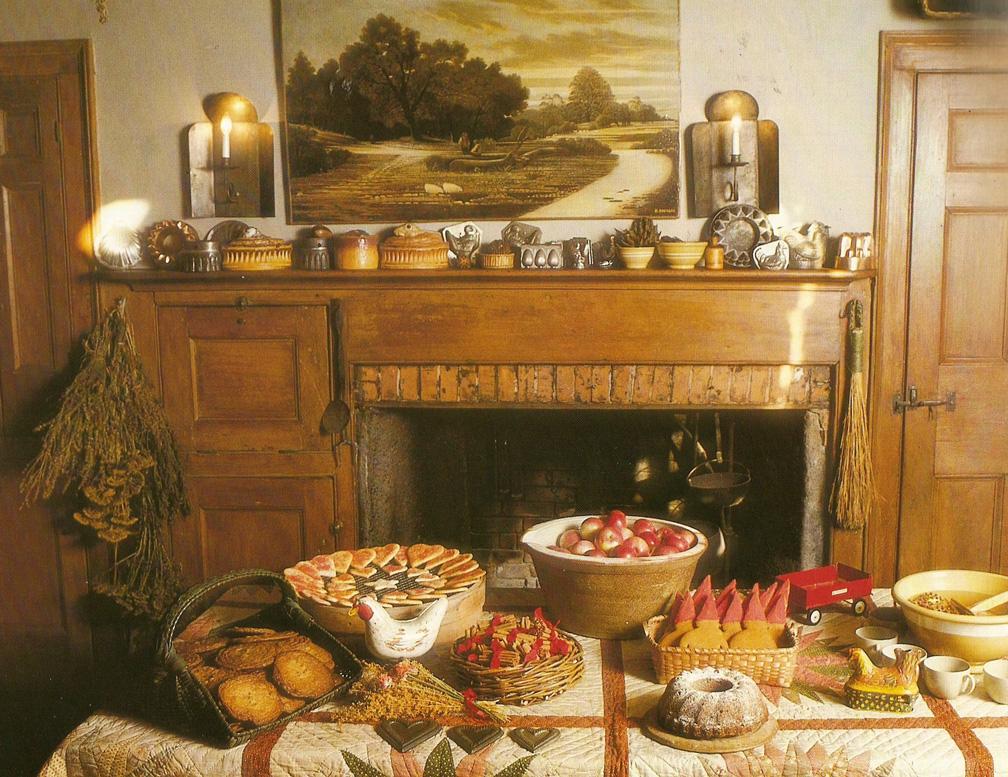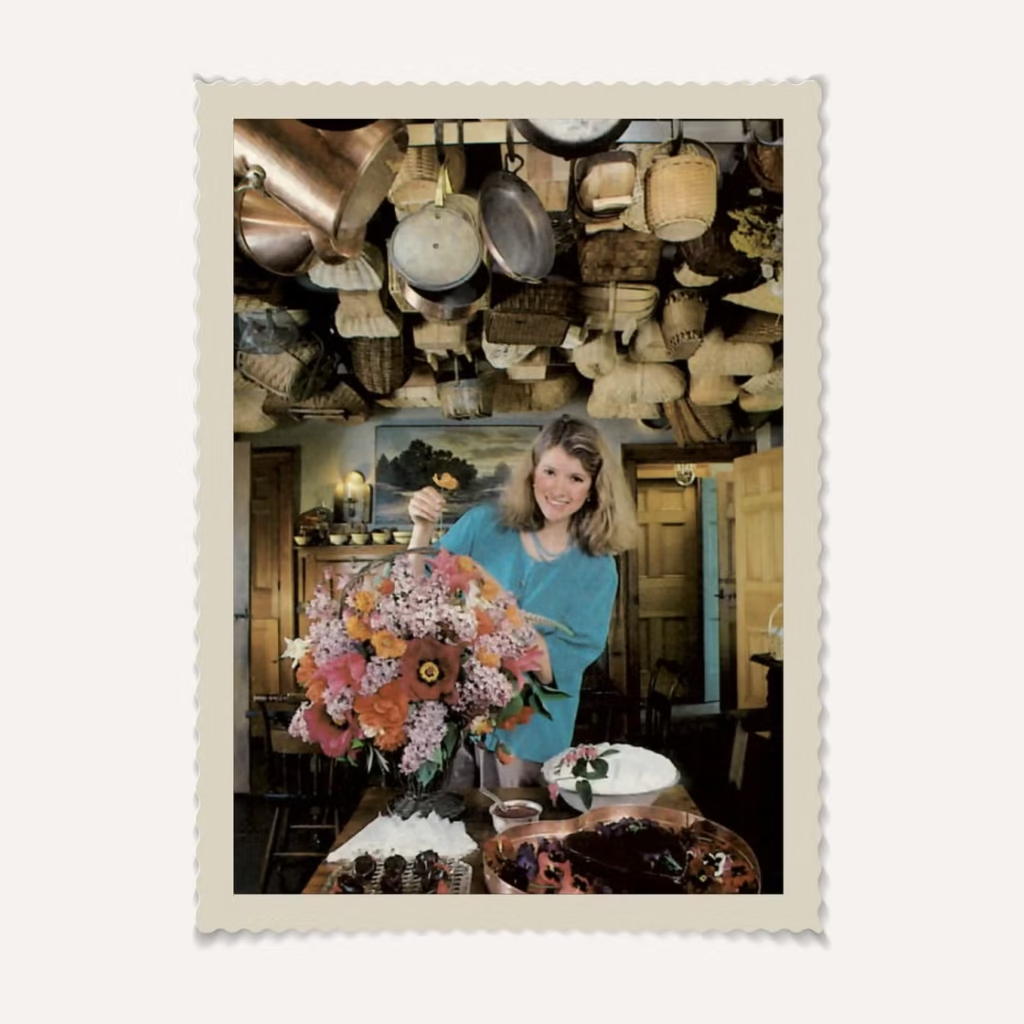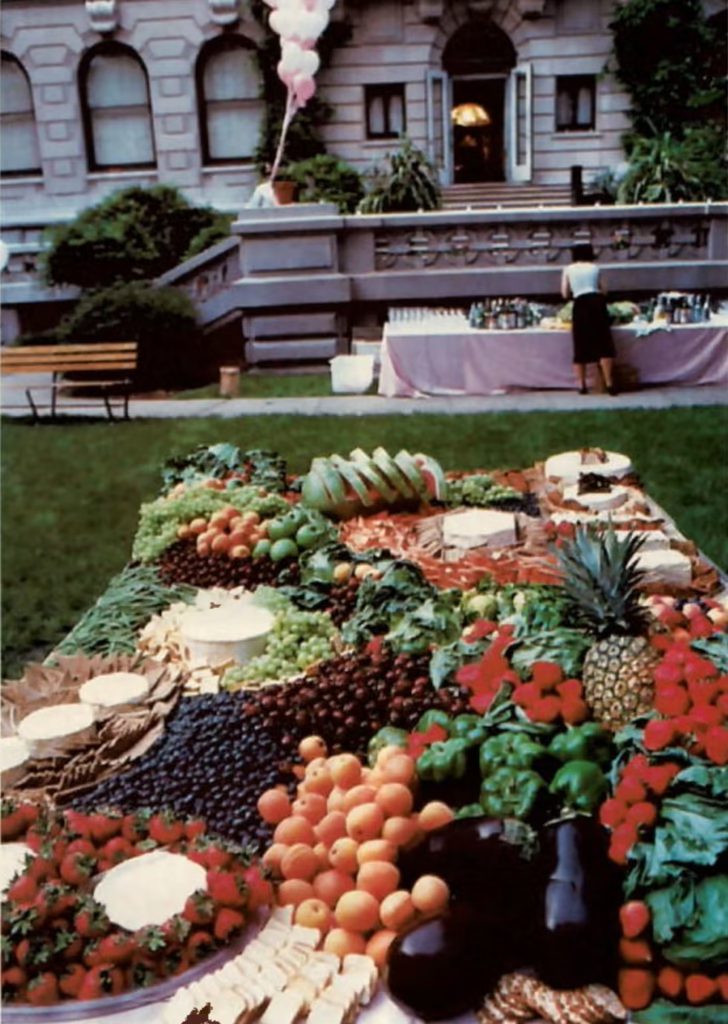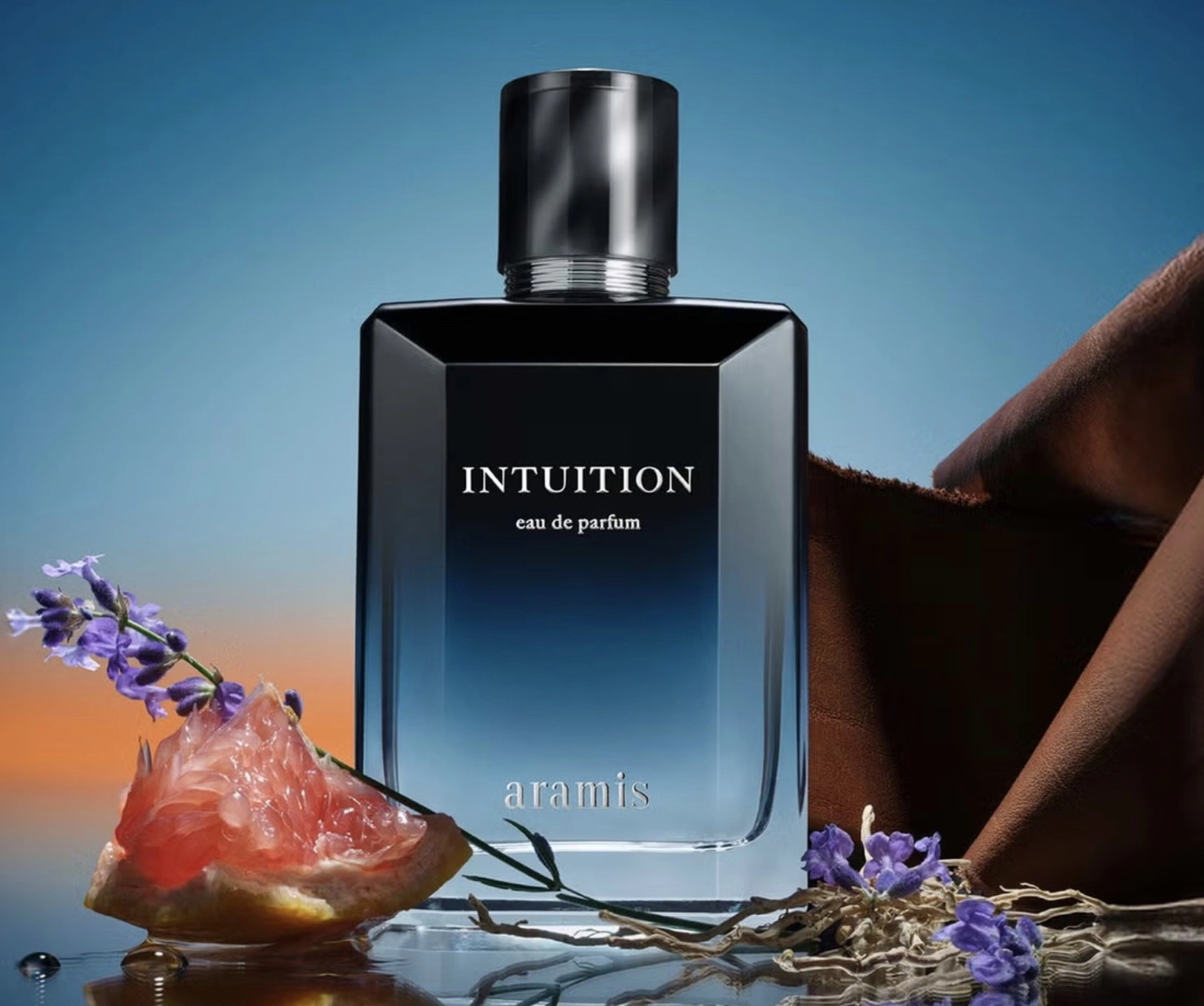reprint
When Entertaining was first published in 1982, Martha Stewart was not yet the omnipresent cultural institution she would become. She was a caterer from Westport, Connecticut, whose sensibilities bridged the old-world formalities of hosting with a distinctly American appetite for reinvention. The book’s glossy pages, captured through the lens of Christopher Baker, became a domestic manifesto — not a cookbook, not a manual, but a lifestyle declaration. It invited readers to see their homes as living theaters of gracious abundance.
More than four decades later, Entertaining is being reborn in a faithful facsimile edition, meticulously reproducing every detail of that first printing — the linen-textured dust jacket, the typography, even the slightly tinted photographs that seem to carry the patina of early ’80s natural light. This reissue arrives not as a nostalgic ornament, but as a cultural mirror: a testament to how much the art of entertaining, and the image of Martha Stewart herself, has evolved — and endured.
The facsimile, issued by Clarkson Potter, revives the original layout without modification. No new foreword or retrospective commentary intervenes. Instead, it offers the 1982 text in full, a frozen tableau of an era when American aspiration was wrapped in polished silverware and manicured lawns.
flow
In 1982, the concept of “domestic performance” was still a latent idea. Entertaining transformed it into a national pastime. Stewart’s detailed menus — from “A Lunch for the Groom” to “A Winter Dinner for Friends” — were not just recipes but stage directions. Every dish came with notes on floral arrangements, table settings, and even lighting. It was, in essence, an early precursor to lifestyle branding — a script for turning private ritual into public identity.
That same ethos pulses through the facsimile edition. Each photograph feels both spontaneous and choreographed: friends gathered in soft focus, tables laden with food that evokes both extravagance and effortlessness. What Stewart offered, and continues to sell through her empire, is the illusion of ease — the conviction that perfection, when planned, can look entirely natural.
In an age before Pinterest boards, lifestyle influencers, or viral recipe videos, Entertaining stood as a tactile, photogenic artifact of a world that aspired to refinement without irony. To hold it now, in its original form, is to revisit a time when cultural taste was transmitted through print — when a book could quietly dictate how one lived.
1982
The early 1980s marked a shift in American lifestyle imagery. The economic optimism of the Reagan years intertwined with a desire for the material expression of success. Entertaining was perfectly timed for this milieu. It made formality fashionable again, while translating elite aesthetics for the upwardly mobile middle class.
The book’s imagery is a love letter to that aspiration: crystal stemware reflecting candlelight, garden brunches unfolding under wisteria, buffets where quiche and terrine coexist with champagne flutes. These scenes were never about opulence for its own sake. Rather, they were about the orchestration of taste — the suggestion that sophistication was an achievable performance.
By republishing the facsimile, Stewart and her team are not merely reissuing a cookbook; they are reviving the grammar of a generation’s ambitions. Each image now functions as a cultural fossil, reminding readers of an era when the aesthetic of “doing it all beautifully” was the ultimate form of empowerment.
endure
It’s difficult to separate Entertaining from the persona it created. Before this book, Martha Stewart was a name in catering circles; afterward, she was an idea — a synonym for elegance and control. The book’s success sparked an empire of publications, television programs, product lines, and even memes that both worshipped and parodied her precision.
The facsimile edition, released in 2025, reaffirms that persona by showing its origin unaltered. There’s something almost archival about reading Stewart’s first foray into self-mythology. The voice is confident yet approachable, authoritative yet nurturing. The pages are a self-portrait of a woman curating her own mythology before the world even knew her name.
For today’s audience — particularly Gen Z and millennials who encounter Stewart through Instagram, TikTok, or viral posts about her collaborations with rappers or luxury brands — the facsimile serves as a grounding artifact. It reminds readers that before the digital reinventions, there was a woman with a camera crew, a kitchen, and a vision that codified American aspiration.
culture
The decision to release Entertaining unedited, without updated language or contextual disclaimers, is a deliberate one. It acknowledges the cultural weight of nostalgia — not as sentimentality, but as authenticity. For younger generations saturated with algorithmic perfection, the analog beauty of Stewart’s book — the film photography, the hand-set typography, the earnestness — feels radical.
This phenomenon parallels the revival of vintage cookbooks and design manuals that have resurfaced on social media platforms. Just as vinyl records reintroduced tactile listening, facsimile editions like this one reintroduce the intimacy of print. The imperfections of the 1982 layouts — slight overexposures, paper textures, the occasional asymmetry — now appear charming, even luxurious.
By leaning into this nostalgia, the facsimile aligns itself with contemporary design movements that champion authenticity over digital gloss. Stewart’s original pages feel almost handcrafted compared to today’s algorithmic aesthetics. The book’s reemergence suggests that craftsmanship — in life, art, and hosting — still carries cultural weight.
collect
In publishing circles, Entertaining is not just a best-seller but a foundational text of the modern lifestyle genre. Its 1982 release anticipated the boom of coffee-table publishing — books that function as both guides and decorative objects.
Collectors have long coveted the original edition, with pristine copies commanding high prices in secondary markets. For years, Entertaining existed in a liminal space between practical manual and collectible artifact. The facsimile edition rebalances that dichotomy. It democratizes access while preserving the aura of rarity.
In this sense, the reissue is less about mass availability and more about cultural preservation. The publishers have effectively canonized Entertaining as an archival object — the first entry in the visual language of modern domestic aspiration. To reprint it verbatim, rather than redesign or annotate, signals respect for its original artistry.
martha
By 2025, Martha Stewart has published more than a hundred books, hosted countless television programs, built a magazine empire, and collaborated across industries from cannabis to fashion. Her longevity is not just a testament to reinvention, but to coherence — an unbroken thread that began with Entertaining.
In interviews, Stewart often reflects on her early books with both pride and critical distance. She recognizes their historical role but also their tone — the polished perfectionism that defined an era and later drew satire. Yet this reissue suggests a reconciliation: rather than revising the past, Stewart is choosing to preserve it, to allow her younger fans to meet the unfiltered origin of her aesthetic world.
The cultural irony is that Stewart herself, once critiqued for unattainable ideals, has become a figure of empowerment through endurance. The facsimile thus reads not just as a reprint but as an emblem of continuity — a reminder that identity, when built on craft, can outlast trends.
archive
Looking at Entertaining through today’s lens reveals how prophetic it was. Its focus on holistic living — combining food, decor, horticulture, and event design — anticipated the cross-disciplinary creative mindset of contemporary brands and influencers. Stewart’s concept of “lifestyle” was decades ahead of its digital successors.
Revisiting these pages today feels akin to exploring the source code of an entire cultural movement. Every modern cooking show, influencer home tour, or meticulously styled Instagram brunch owes something to Entertaining. Its return, in exact facsimile, acts as both origin story and mirror — reflecting the roots of our obsession with curated life.
For historians and design scholars, the book’s photography provides insight into early 1980s domestic visual culture: pastel tones, heavy linens, sculptural centerpieces, and the still-life compositions that became Stewart’s signature. For younger creatives, it reads almost like an art object — a tactile reminder of the analog intimacy that preceded digital sharing.
why
The release of this facsimile edition isn’t just a publishing event; it’s a cultural statement. It arrives at a moment when the aesthetic of authenticity dominates both design and commerce. By refusing to “modernize” her first book, Stewart is asserting the timelessness of craftsmanship and the importance of history in an age obsessed with reinvention.
There’s a certain humility in the gesture — a willingness to let the past speak for itself. Yet it’s also a flex of confidence: few living figures can reissue their first work unaltered and have it still command relevance. Entertaining’s return underscores Stewart’s unique position as both brand and archive, icon and participant in her own mythology.
The book’s republication will undoubtedly inspire a new wave of interest in analog entertaining — vintage linens, handwritten menus, floral design, and slow hospitality. It may also prompt critical reappraisal: conversations about gender roles, domestic labor, and the cultural weight of “perfection.” Stewart’s legacy has always lived between admiration and critique. The facsimile allows both to coexist, intact.
impression
In 1982, Entertaining invited readers to imagine beauty as a way of life. In 2025, its facsimile edition offers something deeper — an invitation to reflect on continuity. Trends come and go, algorithms rewrite taste daily, but the principles that guided Stewart’s vision remain steady: respect for craft, pleasure in preparation, and the belief that life’s details matter.
To reprint a book like Entertaining without alteration is an act of preservation, but also of faith. Faith that good taste, once defined with care, need not evolve to remain relevant. Faith that a table well set and a meal well shared can still represent the highest form of artistry.
The facsimile of Entertaining is, in essence, a portrait of a cultural beginning — one that continues to shape how we eat, gather, and aspire. For Martha Stewart, it marks a full-circle moment: the return of a book that didn’t just define her career, but defined an era.
No comments yet.

